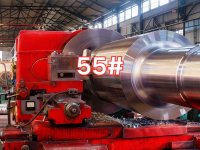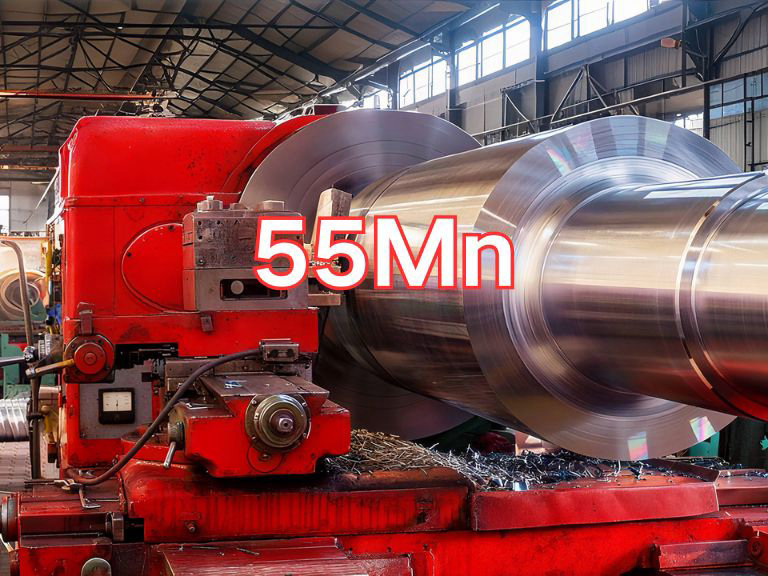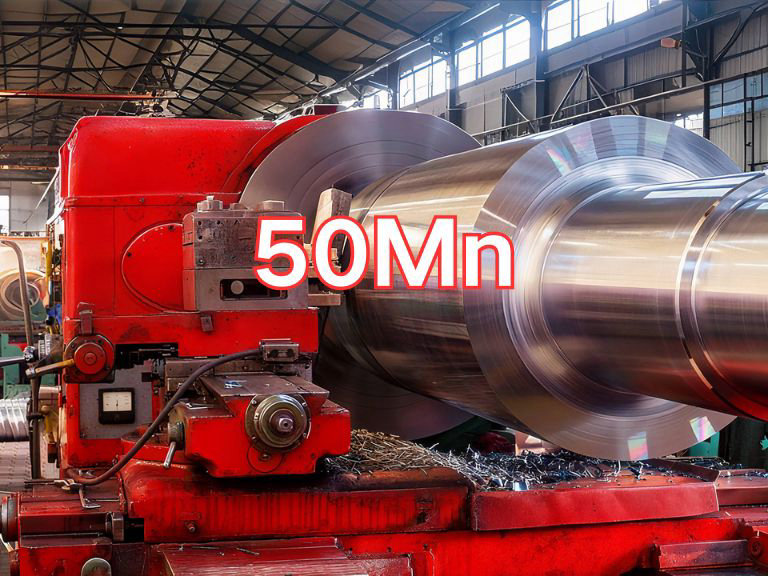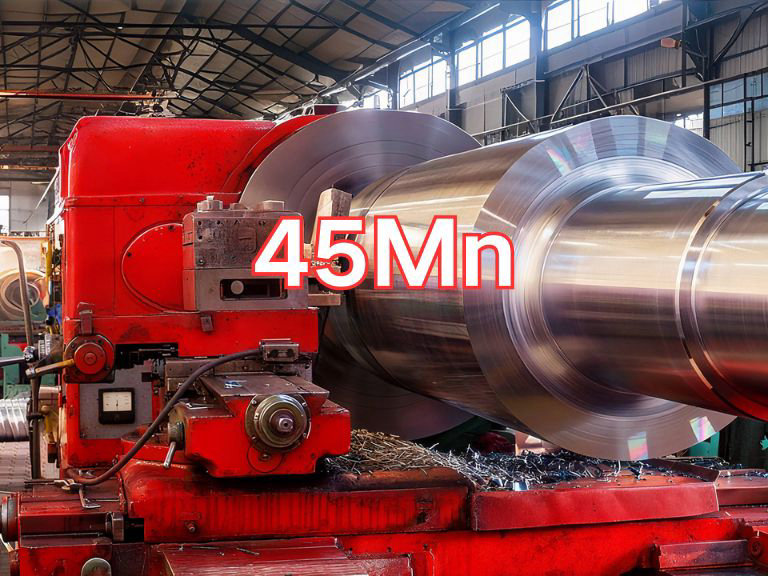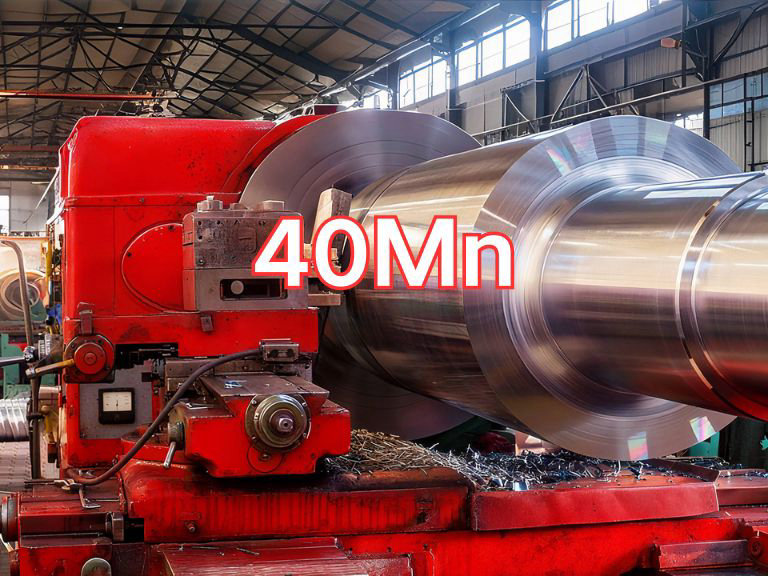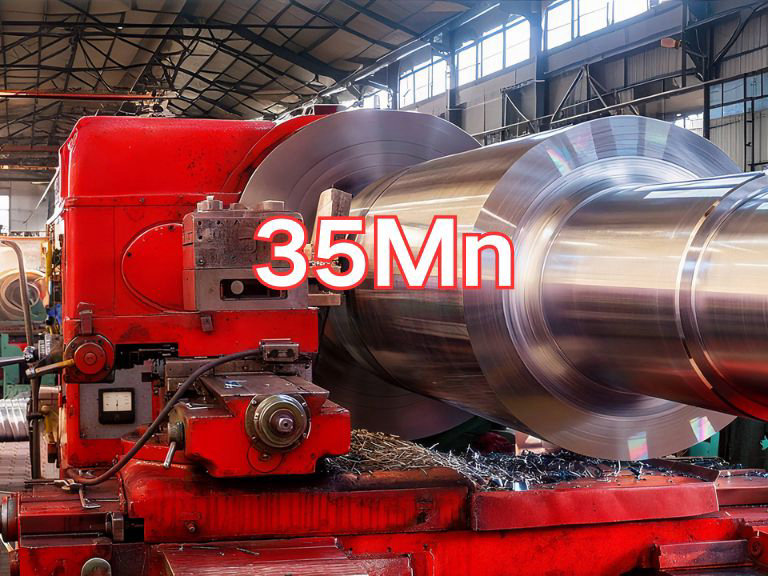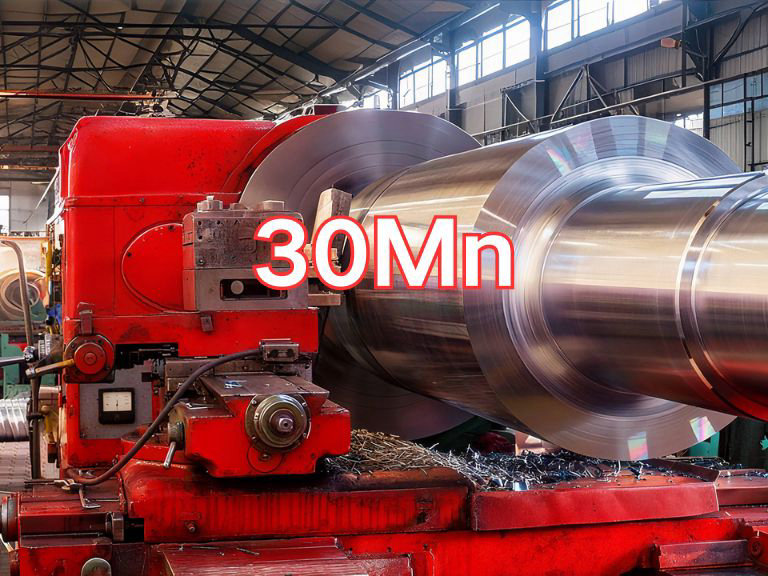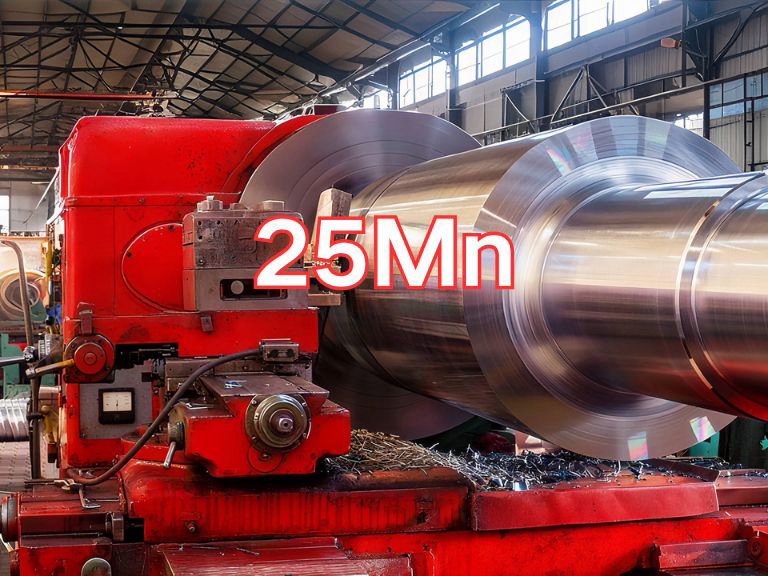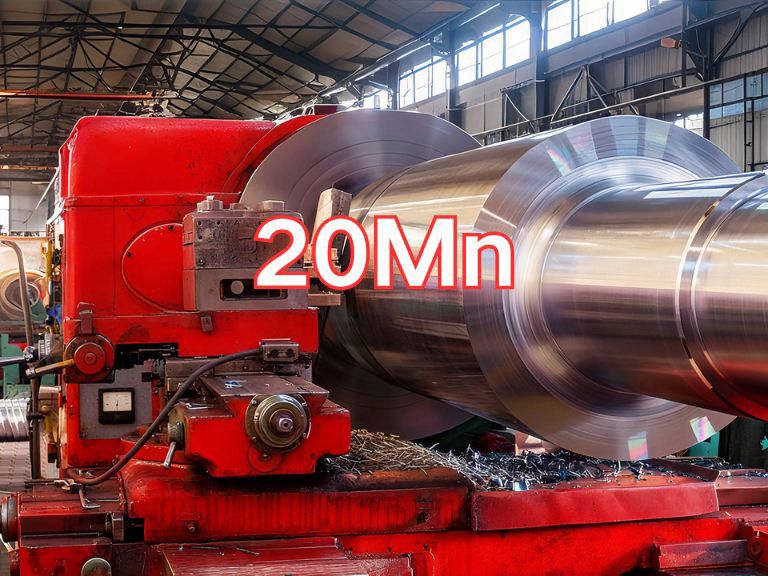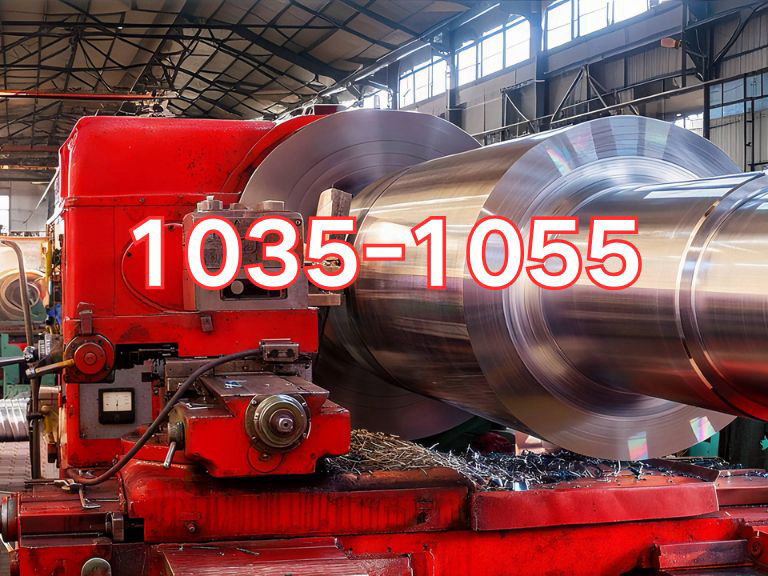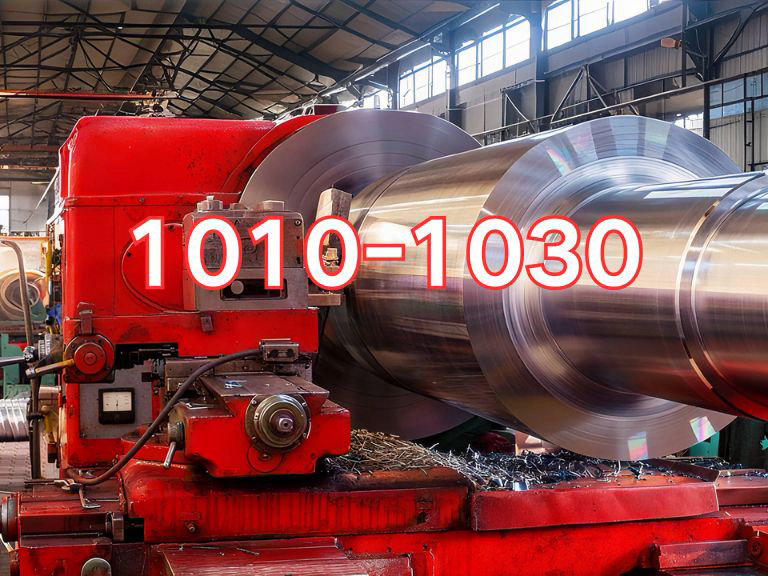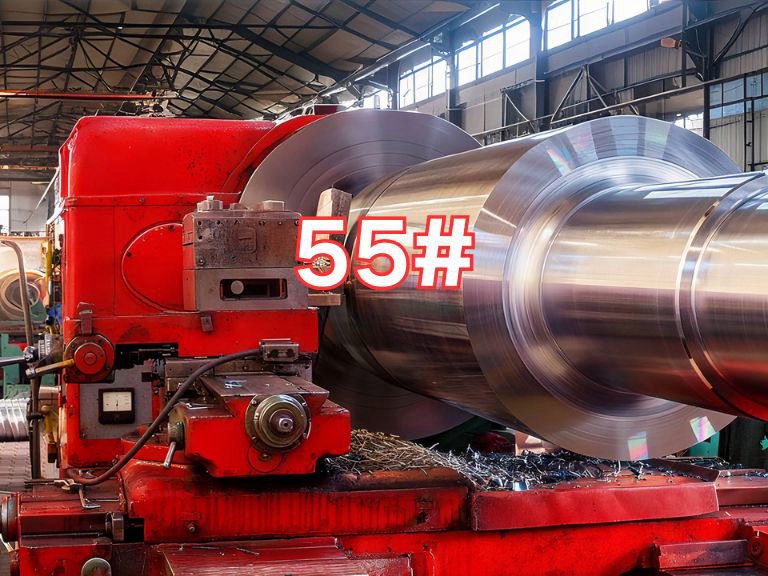

55# Steel Plate
55# steel plate is a medium-to-high carbon, high-quality carbon structural steel plate. Its designation and properties primarily comply with the Chinese national standard GB/T 711-2017 "Hot-Rolled Heavy Gauge Steel Plates and Strips of High-Quality Carbon Structural Steel". This standard specifies technical requirements for hot-rolled steel plates made of high-quality carbon structural steel, including chemical composition, mechanical properties, dimensional tolerances, and test methods. It serves as the core technical specification for the domestic production, inspection, and trade of this category of steel.
As a typical representative of medium-to-high carbon steels, 55# steel has an average carbon content of 0.55% (i.e., fifty-five parts per ten thousand), placing it among the higher-strength grades within the high-quality carbon structural steel series. The "55" in its designation indicates the carbon content in ten-thousandths, while the "#" symbol is a shorthand in Chinese context for the word "hao" (meaning "number"). Together, "55#" refers to high-quality carbon structural steel with an average carbon content of 0.55%. Compared to 45# and 50# steel, 55# steel offers higher strength and hardness, though with a corresponding reduction in ductility and toughness. It is suitable for manufacturing mechanical parts requiring higher strength, hardness, and wear resistance.
The primary applications of 55# steel plate are in producing mechanical parts and structural components subjected to high loads, where high strength and excellent wear resistance are essential. Due to its high hardness and excellent responsiveness to heat treatment, 55# steel is widely used in:
Machinery Manufacturing: Producing high-strength shafts (e.g., mandrels, drive shafts), gears, cams, connecting rods, bolts, nuts, pins, sleeves, and other critical components, especially in applications requiring high surface hardness and fatigue resistance.
Automotive and Construction Machinery: Manufacturing connecting rods, half-shafts, pins, support shafts, track pins, and other high-stress parts for construction equipment.
Mining and Metallurgical Equipment: Used in wear-resistant liners, crusher hammers, rolls, guides, and spring seats—components prone to wear or subject to impact loads.
General Equipment: Fabricating high-strength bolts, pressure vessel components, machine tool parts, and other components requiring high strength.
Other Applications: Also suitable for molds, fixtures, and tools.
Its main characteristics include:
High Strength and Hardness: After quenching and tempering, tensile strength can reach 650–880 MPa, yield strength about 380 MPa, and Brinell hardness approximately 241–286 HBW—significantly higher than 50# steel—with excellent resistance to deformation and wear.
Good Comprehensive Mechanical Properties: Through quenching and tempering, it achieves a suitable balance of ductility and toughness at a high strength level, meeting demands under complex operating conditions.
Excellent Heat Treatability: 55# steel responds well to heat treatment and can have its microstructure and properties flexibly adjusted via processes like quenching, tempering, and normalizing, especially suitable for parts requiring surface hardening.
Poor Weldability: Due to its high carbon content, it has a strong tendency to harden during welding, making it prone to cold cracking and heat-affected zone embrittlement. Preheating (250–350°C) is essential, along with low-hydrogen consumables and strict process control. Post-weld stress relief annealing is recommended.
Good Machinability: In annealed or normalized condition, it exhibits favorable machinability, facilitating turning, milling, drilling, and other machining operations.
It should be noted that 55# steel has poor cold-forming capability and is generally not recommended for cold stamping or deep drawing. Additionally, its surface hardness is limited. For applications requiring extremely high wear resistance, surface hardening treatments such as induction hardening, carburizing, or carbonitriding can be applied.
In summary, 55# steel plate is a high-strength, high-hardness, wear-resistant structural material with significant application value in machinery manufacturing and heavy industry.

Ultrasonic Testing (UT)
A key non-destructive testing technique that uses high-frequency sound waves to detect internal flaws in steel plates. The probe emits sound waves, which reflect when encountering defects such as cracks or inclusions. The receiver captures the echoes, enabling precise determination of defect location and size. With high sensitivity, strong penetration, and fast inspection speed, UT effectively ensures internal quality, widely used in the production of heavy plates, pressure vessel plates, and other high-end products to guarantee safety and reliability.

Magnetic Particle Testing (MT)
A common surface inspection method that magnetizes the workpiece, causing leakage magnetic fields at surface or near-surface defects like cracks or inclusions, which attract magnetic particles to form visible indications. Simple to operate and highly sensitive, MT is suitable for rapid inspection of surface and near-surface flaws in ferromagnetic materials, widely used for online or offline inspection of plate edges, ends, and welds, ensuring product quality and safety.

Penetrant Testing (PT)
A non-destructive method for detecting surface-breaking flaws. A penetrant liquid is applied to the cleaned steel surface, allowing it to seep into defects such as cracks or pores. After removing excess penetrant, a developer is applied, causing the trapped penetrant to bleed out and form visible indications. Simple and cost-effective, PT is suitable for inspecting surface defects in various non-porous materials, commonly used for welds, castings, and complex components, effectively ensuring surface quality of steel plates.

